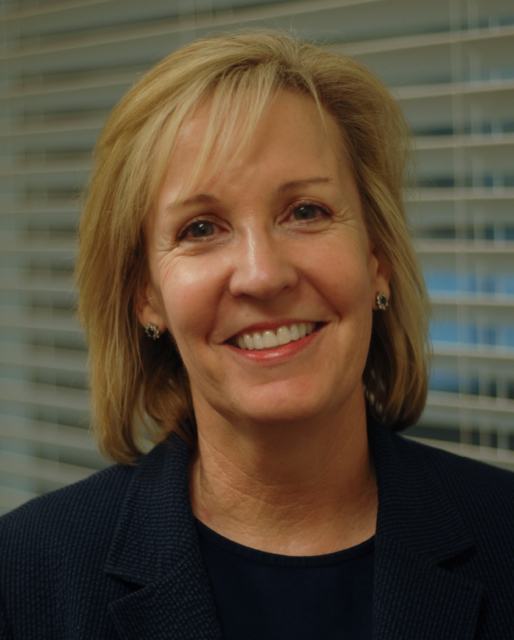ALRB on Entering Private Property
ALRB on Entering Private Property to Educate Workers: Is the ALRB going too far?
By Patrick Cavanaugh, Deputy Editor
The California Agricultural Labor Relations Board (ALRB) wants to enter private property farmland for the purpose of educating farmworkers on their rights as farm laborers in California. Of course, farmers want their workers to be happy and content with their work and that means knowing and understanding their rights as farmworkers.
“But the ALRB is going too far,” said attorney Ron Barsamian of Barsamian & Moody in Fresno, which represents many agricultural businesses throughout California in labor and employment law.
“I wanted to get into some pragmatic issues that I feel have not been considered. For instance, the lack of efficiency in trying to get access to all these different ranches is just not going to work,” said Barsamian. “You are going to have staff tied up forever. I don’t think they have taken into account the different geographical areas, the different ag sectors. For instance, are you going to spend as much time educating two or three people working at a dairy as you would a crew of 50-60 people?”














